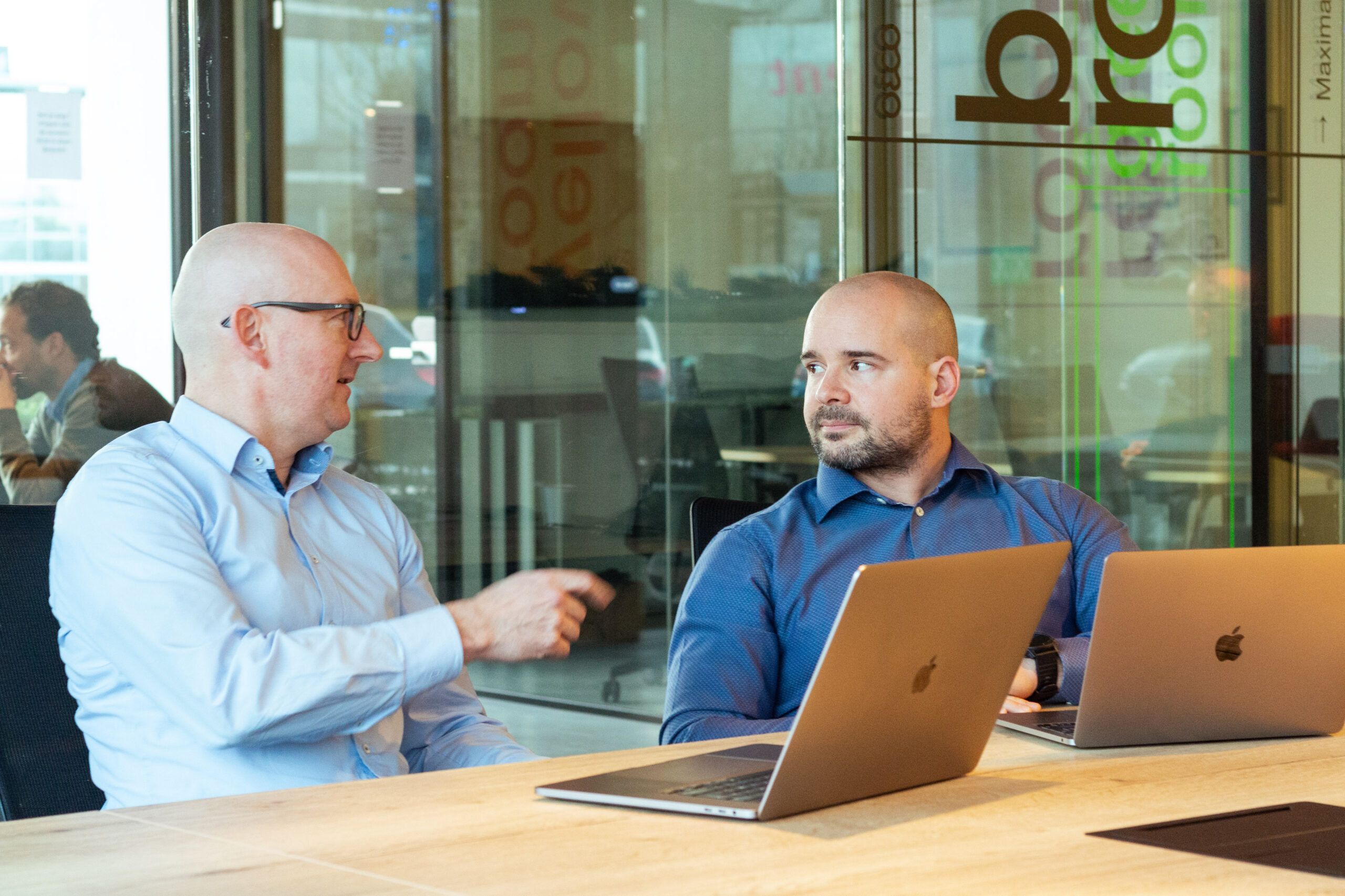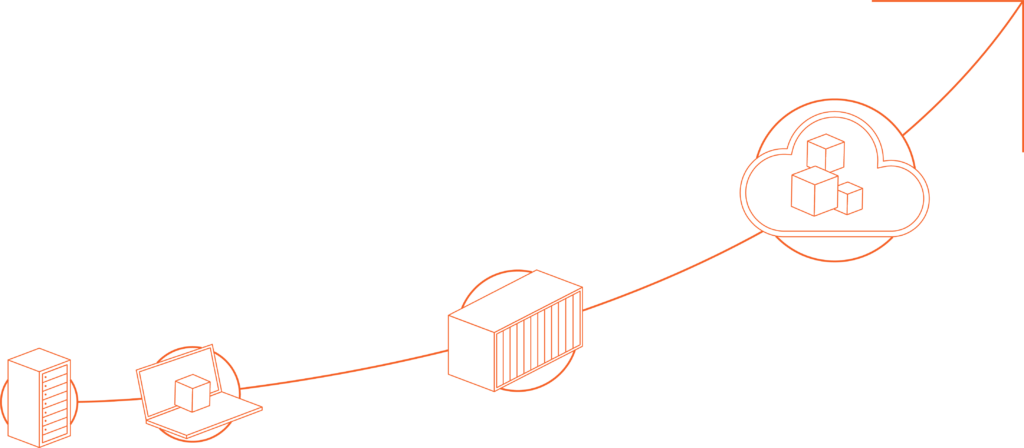
FlowFactor’s 2022 DevOps Predictions for CEOs
25 January 2022
Kilian Niemegeerts

Our Introduction to DevOps illustrated that it can and will enact cultural change within organisations by tearing down the walls between development and operations. Unfortunately, we’ve noticed in previous years that many of our clients have only just begun this journey. In these DevOps predictions for CEOs, we will delve a bit deeper into the advantages for your organisation, and some of the ways to enact this change in 2022.
Consistency is key
According to Kilian, 2022 won’t include ground-breaking changes to the DevOps landscape, but rather a year where companies’ approach to DevOps will increase their maturity level. “This year, we expect clients to break down the barriers between the development and operations departments even more. We noticed that an in-depth integration of DevOps principles is still a rare occurrence in the industry, especially for larger enterprises. In our experience, there are often large discrepancies between the DevOps situation as propagated by a company’s executives and senior technicians, and its actual maturity level. We’re here to align these two.”
Building trust, breaking down barriers
“We’re very excited to help our customers reach their full DevOps potential this year”, Kilian continues, “and really foster this consistent collaboration between departments. Fully integrating DevOps is a matter of mutual understanding and trust. We have noticed that, especially in Belgian companies, adoption is often lacking and infrastructure is only partly automated and optimised. Operations will often give some of the keys to the castle to development but keep a tiny moat of sorts around to have a final failsafe. It’s our mission to foster a company culture of trust where even those barriers are no longer needed. ”
Johan elaborates: “Of course, this is an iterative process. Changes to the company culture like these don’t just happen overnight, and that’s where we as FlowFactor come in. Our consultants take care of the technical backbone, but the management aspect as well, which is just as important.”
A focused engineer is a happy engineer
Both Johan and Kilian are convinced that changes to the job description for the people involved will help with this change management. “Rather than becoming obsolete, which many employees fear,” Kilian explains, “we’ve seen further DevOps integration change the average day’s workload for the better across the board. Developers consistently report increased confidence because of a higher degree of self-reliance and responsibility, and more trust put in them by the operations team.”
“Engineers are also no longer bothered with every single little hiccup concerning uptime. This frees up their valuable time for other, more interesting tasks. Infrastructure engineers become a second tier support of sorts, reflecting their knowledge and expertise. In the end, it’s all about letting everyone work smarter, not harder.” Of course, this is a gradual change as well. FlowFactor uses small steps and a cyclical approach to ease employees into their new role, ensuring a smooth transition. In a way, it’s an Agile approach to change management instead of software development.
Site Reliability Engineering
One way of accomplishing that efficiency in 2022 would be Site Reliability Engineering (SRE), a logical DevOps extension according to Kilian. “Using SRE means that an infrastructure engineer can also analyse code issues and even fix them in a live production environment. We consider this a more profound change and therefore an optional, later step in the adoption process since it requires coding knowledge.”
“In the end, most of what we do boils down to coding: infrastructure as code and configuration as code. This is different compared to, say, five years ago, when we mostly saw an infrastructure employee setting up a Linux machine. Today, this is an Ansible playbook followed by a developer.”
It’s all part of the process
These management trends are corroborated by technological trends in application modernisation. At first, physical servers were replaced with virtual machines (VMs). The next step was moving from VMs to containers, and recently, there has been a shift from containers to cloud-native or serverless development. We will discuss the technical aspects of serverless development in detail in the next part of this interview.

Johan notes that it’s important to stress that this is very much an ongoing process: “Many clients, especially those with robust legacy systems, are still working with virtual machines. Migrating these systems to containers requires an in-depth analysis, since it enables automation and integration in function of configuration.”
“DevOps also requires a thorough and consistent implementation: we’ve had clients that only wanted to automate the deployment process, but testing was still done manually, which clogged the pipeline. By automating deployment, iterations went from months to weeks apart. By also automating testing, we were able to unclog the rest of the system and reduce deployment cycles to every few hours. Luckily, because of FlowFactor’s experience and extensive client base, we’re able to guide our customers through this entire process with a specifically tailored solution, no matter how far they’ve already come.”
Join us for the next installment of this interview, when we examine the technological trends and innovative DevOps concepts that will support this iterative maturity process.

Sorry, the comment form is closed at this time.